Performance exercise may not offer long-term benefit

If you’re a former high school or college athlete no longer feeling the intensity of competition, you have to learn new ways to exercise and stay fit. Experts say the biggest hurdle is often a mental one. You have to reassess your workouts with new goals in mind – from sports performance to your overall fitness.
Advertisement
Cleveland Clinic is a non-profit academic medical center. Advertising on our site helps support our mission. We do not endorse non-Cleveland Clinic products or services. Policy
What makes people strong athletes doesn’t always serve their long-term wellbeing, says Primary Care Sports Medicine Physician Anne Rex, DO. For example, “Maximal lifting may make you stronger for football, but continuing extreme lifting into later life will likely cause orthopaedic problems,” she says.
She advises athletes to do the following:
Real life doesn’t mimic the off-season, pre-season, in-season and post-season rhythm of athletics, which provide necessary rest for your body and prevent overtraining. “Former athletes can wind up pushing their bodies to extremes all year,” says Dr. Rex. This can cause long-term problems, including chronic injuries that may prohibit exercise altogether.
She says a long-term exercise plan should be reasonable. Exercise is as much a physiological stress on your body as heat, humidity and cold. It’s difficult to maintain high levels of physical performance indefinitely without rest.
When improving athletic performance is no longer your primary motivation for exercise, it’s crucial to find another motivator – something that won’t change. Everyone is different, so look for something outside sports performance that will ensure consistent exercise throughout life.
Advertisement
New motivators can be:
Exercising for health and wellness can easily fit into a working lifestyle. A moderate fitness regimen takes just one hour, three to five times a week.
However, you can spread the different components of exercise throughout your week. If you can’t exercise for an hour, do just 30 minutes of cardio or strength training and make up the rest later in the week. “Exercise doesn’t have to be done perfectly to be effective,” says Dr. Rex.
With a reasonable approach to exercise, you can meet national guidelines for health and fitness, and maintain a strong physical fitness level throughout your life.
Your workouts should include these aspects of fitness:
Athletes become athletes because of the joy they find in sports and activity.
If you were an athlete in high school, try participating in intramural and recreational athletics in college to maintain an active lifestyle and prevent the boredom that active athletes often feel in the gym.
If you were an athlete in college, consider joining a tennis club or a racquetball, softball or baseball league as an adult to help compensate for any sense of loss. Throughout the seasons, incorporate outdoor sports such as skiing, hiking, cycling and running into your life.
Advertisement
Learn more about our editorial process.
Advertisement
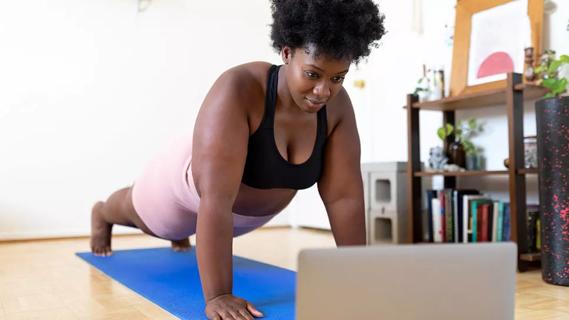
The exercise — which you’ve probably been doing since grade school — can be intimidating, but proper form can help

Exercise lowers risk for heart conditions, improves mental health and reduces visceral fat that can compromise your organs
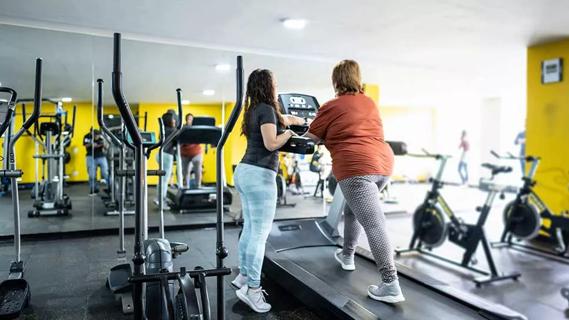
Ask questions, get referrals and consider if someone is a good fit for you and your fitness goals
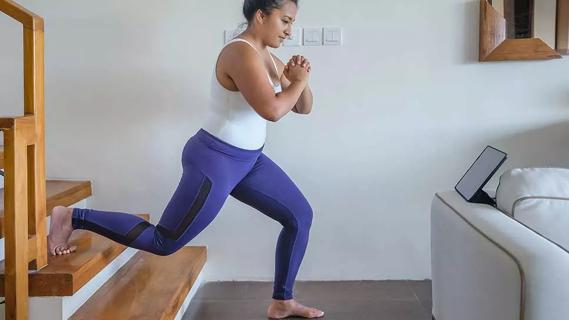
Expect a few bumps in the road, work out for the right reasons and give yourself some credit

Jump into the swing of things to improve your coordination, burn calories and get your heart rate going
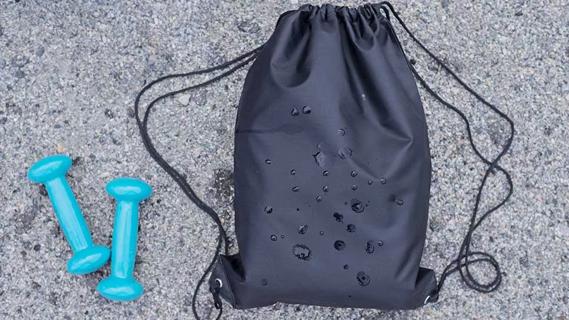
Walking with a weighted backpack is a low-impact, full-body workout that’s growing in popularity
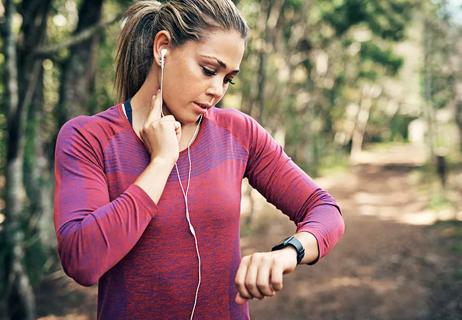
A super high heart rate means you’re burning more than fat
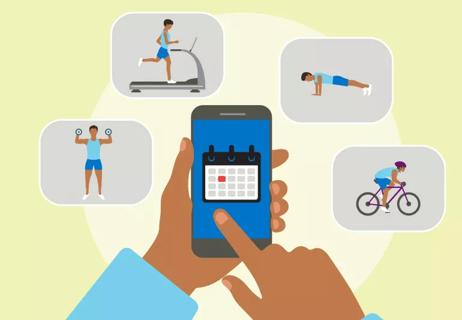
Meet your workout goals by accounting for frequency, intensity, time and type

Type 2 diabetes isn’t inevitable with these dietary changes

Applying a hot or cold compress can help with pain